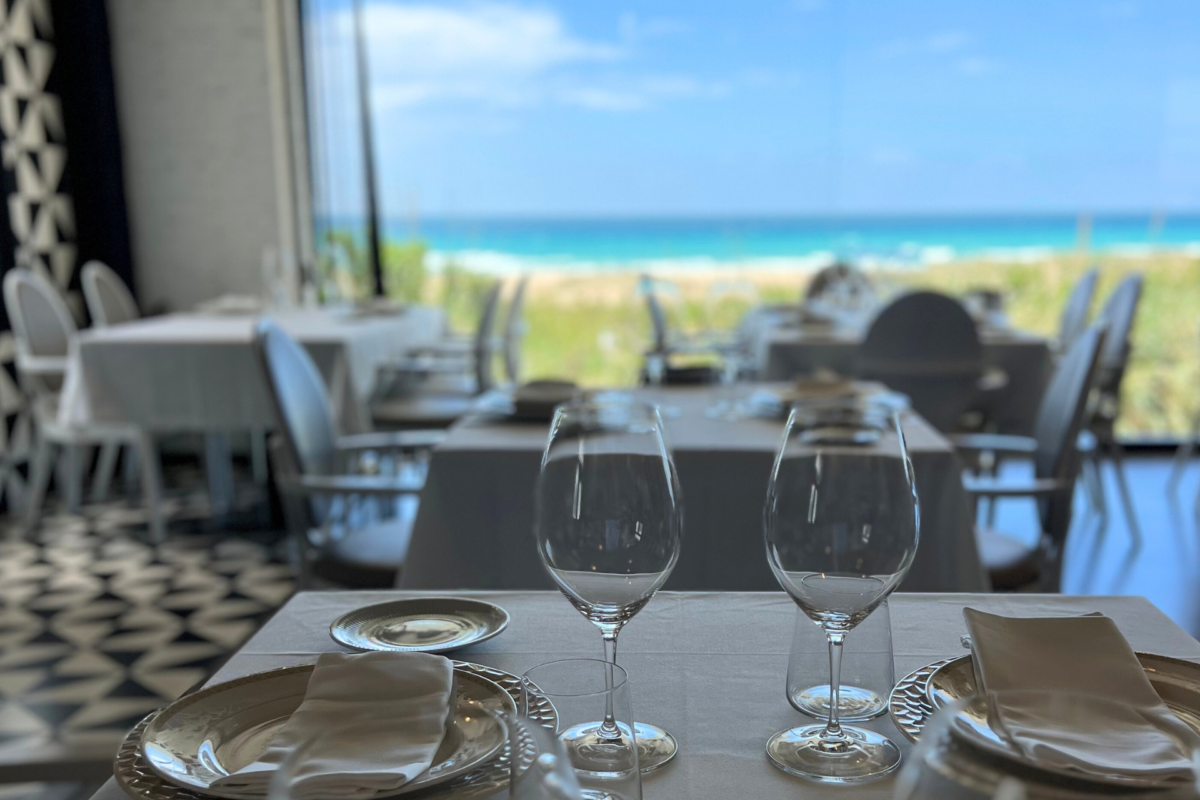Spring is the traditional time for the migration of bluefin tuna from the Atlantic to the Mediterranean. It is also the time when the Spanish fishermen of the Cadiz coast – just like their ancestors centuries ago – start fishing, using historical techniques to catch these exceptionally tasty fish. This provides quite a treat for tourists.
The riches of the Mediterranean
Every year, in spring, bluefin tuna migrate from their natural habitat – located in the depths of the cold Atlantic Ocean, heading towards the warmer waters of the Mediterranean Sea. They are large specimens – weighing up to around 200 kg – and accumulate fat during the winter to keep warm in the frigid Atlantic.
According to culinary experts, it is the fish’s stored fat that makes bluefin tuna (atun rojo) the tastiest tuna in the world. Let the attractiveness of this fish also be evidenced by the high prices it fetches on sale. Bluefin tuna is the largest tuna species in the world. A record single individual was sold in Japan for… more than 2.7 million euros.
What sets bluefin tuna fishing apart is the strictly regulated way in which fishermen fishing off the coast of the province of Cadiz can harvest this species of fish. It is worth mentioning that the fishing technique is unique in the world and dates back to Phoenician times. In contrast, the Romans used atun rojo, as well as other types of fish, to create a sauce made from fermented fish – known as garum sauce.

Tuna fishing an attraction for tourists
During the tuna fishing season, thousands of tourists arrive on the Costa de la Luz (Cadiz) in search of unique culinary opportunities. Cooking courses are organised on the coast, where any lover of fine cuisine can gain practical skills and learn how to handle this species of fish to bring out its unique flavour.
The fisheries themselves are carried out over a period of four to six weeks. Their length depends on the fishermen reaching the limits set by government regulations. It is worth mentioning that bluefin tuna is very popular in… Japan. However, consumers in the Land of the Cherry Blossom pay attention to the stress-free end of the fish’s life. As a result, fishermen have to handle it very gently, which translates into a unique taste.

Ancient fishing traditions
But what is this almadraba? It is a type of trap, used to catch bluefin tuna and constructed in the shape of a maze of nets. In some cases, it is even several kilometres long! In this way, the bluefin tuna makes its way through a series of nets to the last trap – called a copo. In order to deal with such huge individuals several times a season, fishermen work together to lift the copo net – filled with huge tuna. The almadraba, on the other hand, is an old Andalusian term, derived from an Arabic word – meaning ‘a place to fight or strike’.
This traditional form of tuna fishing is practised in four towns along the Atlantic coast in the province of Cadiz: Barbate, Zahara de los Atunes (this is where the famous Antonio restaurant is located!), Conil de la Frontera and Tarifa. Every year, in each of these towns – in May or June – there is a real festival in honour of the atun rojo. The catch is accompanied by concerts, dance and theatre performances, historical tours or culinary demonstrations.
Currently, bluefin tuna fishing is strictly regulated in Spain. This is because it is a matter of concern for the ecosystem and the preservation of an adequate number of the species. Hence, tuna fishing only takes place between May and June. This is when the fish swim across the Strait of Gibraltar to the Mediterranean to spawn, and it is here that they are caught by Spanish fishermen who continue a centuries-old tradition. They then end up on the tables of local restaurants and bars, where you will find traditional Andalusian cuisine.
Local restaurateurs organise competitions for the tastiest dish, prepared using the tuna caught. As well as competitions, there are also public cooking demonstrations and presentations by famous chefs. In this way, tourists and residents of the south of Spain can learn hundreds of ways to prepare tuna. Demonstrations of ronqueo, the traditional method of slicing tuna, are of great interest.

